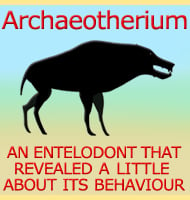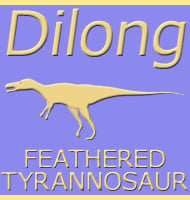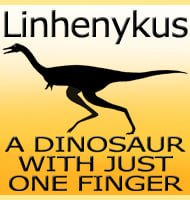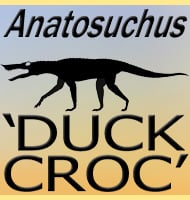In Depth
Koshisaurus is a genus of primitive hadrosauroid dinosaur from the early Cretaceous of Japan. At the time of writing all known remains of Koshisaurus are partial as well as probably representing juvenile or sub adult individuals, both of which are factors that make it difficult to ascertain how big this dinosaur could grow. Though not yet exceptionally well known, Koshisaurus has been considered as distinct from Fukuisaurus, another hadrosauroid from the same Formation that Koshisaurus is known from. Possible predators of Koshisaurus could include theropod dinosaurs such as Fukuiraptor.
Koshisaurus means ‘koshi lizard’. Koshi is the old name for Fukui Prefecture, which is where the Koshisaurus holotype fossils were discovered. The species name katsuyama means ‘from Katsuyama’.
Further Reading
- New basaltic hadrosauroid (Dinosauria: ornithopoda) from the Lower Cretaceous Kitadani Formation, Fukui, central Japan. - Zootaxa 3914 (4): 421-440. - Masateru Shibata & Yoichi Azuma - 2015.









